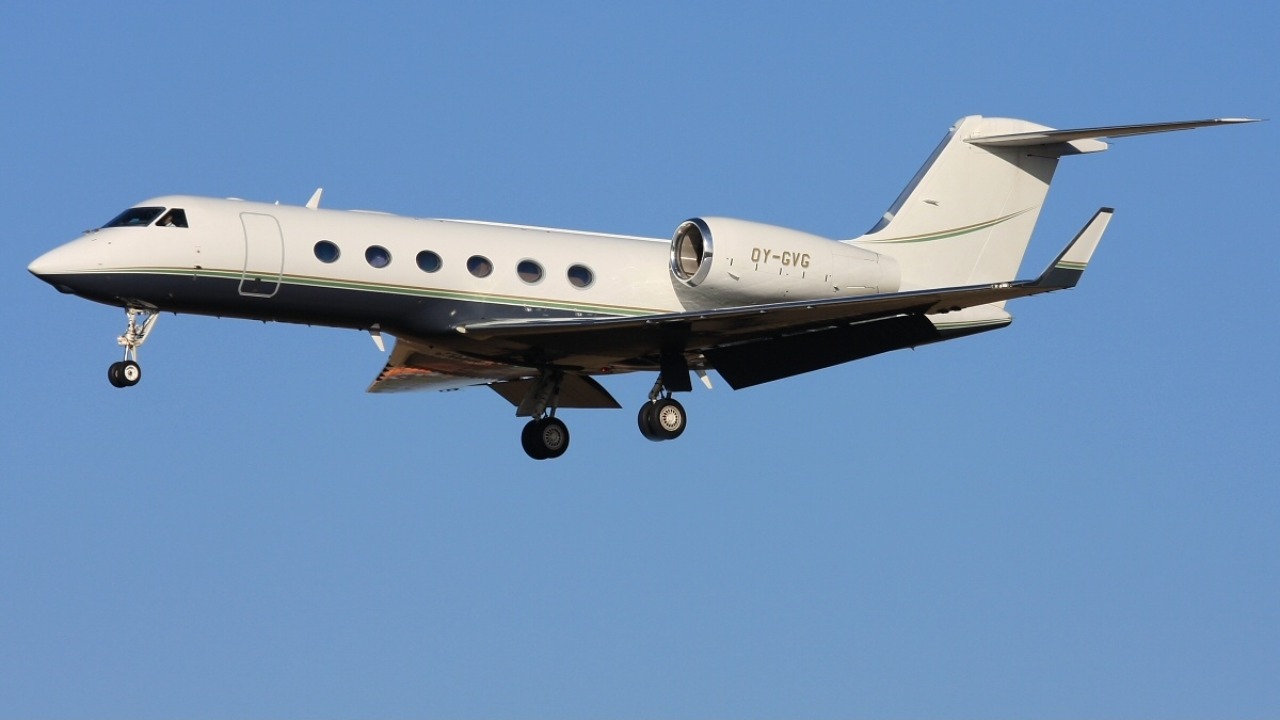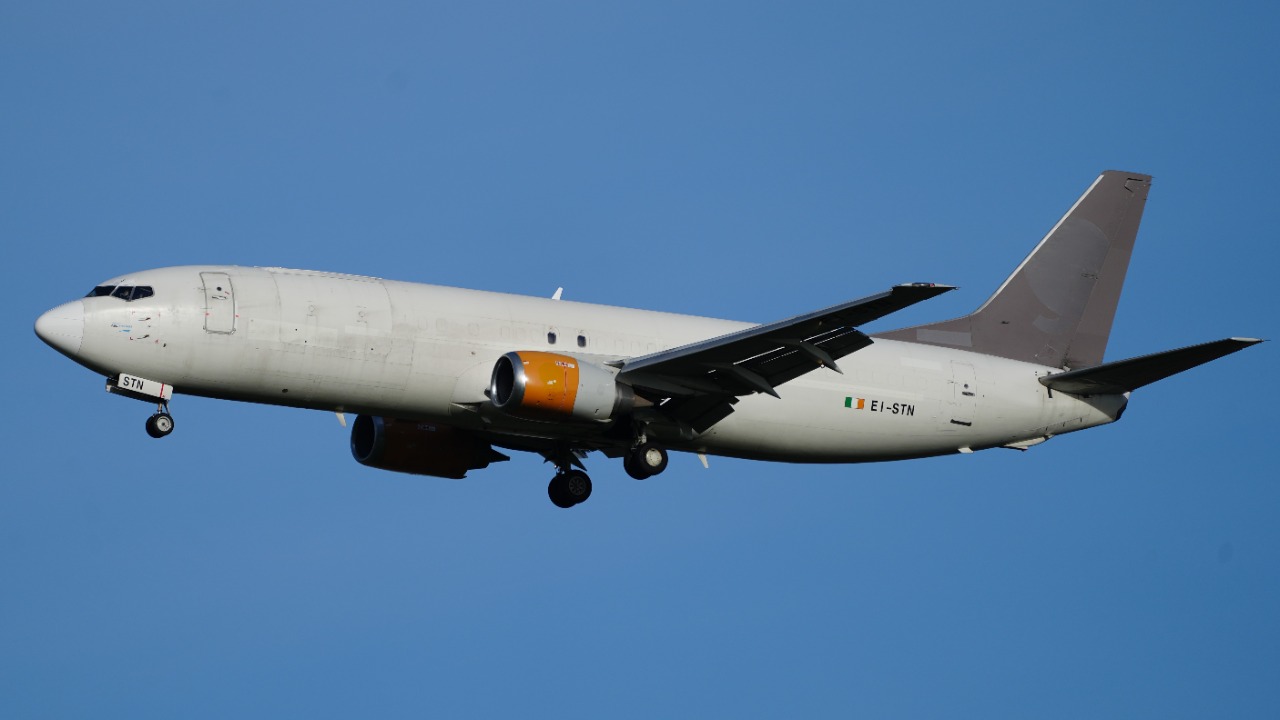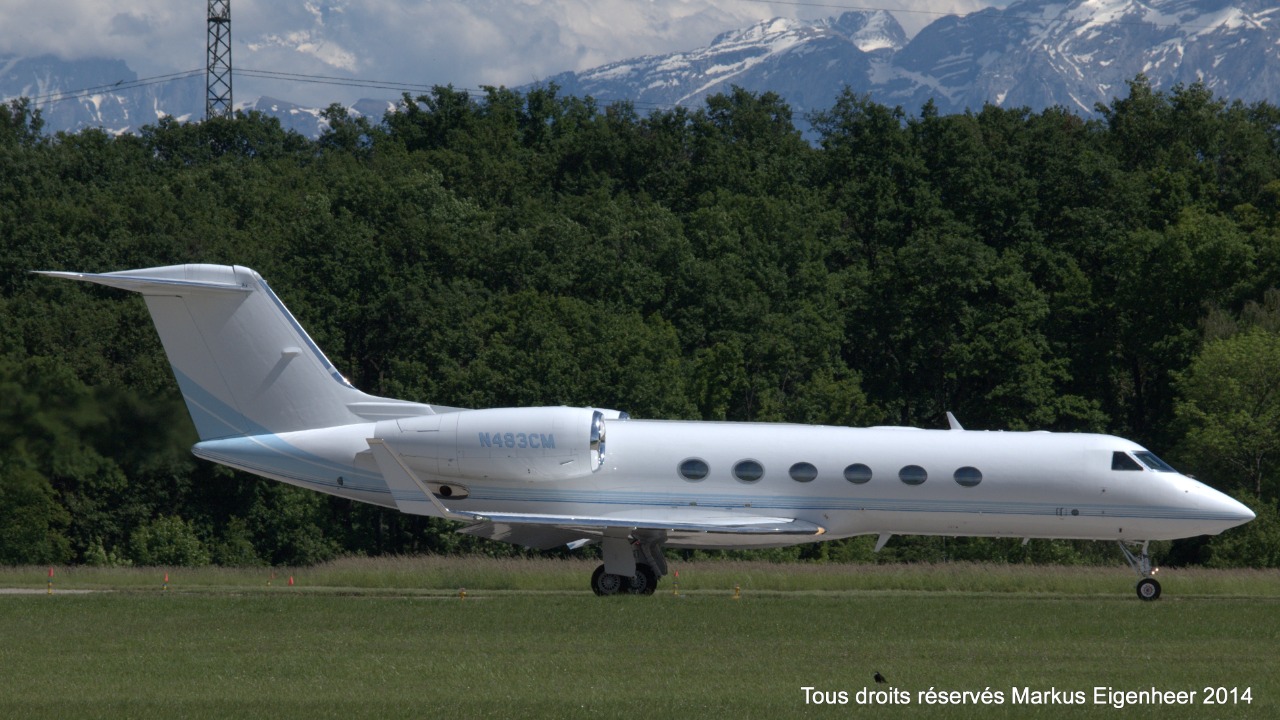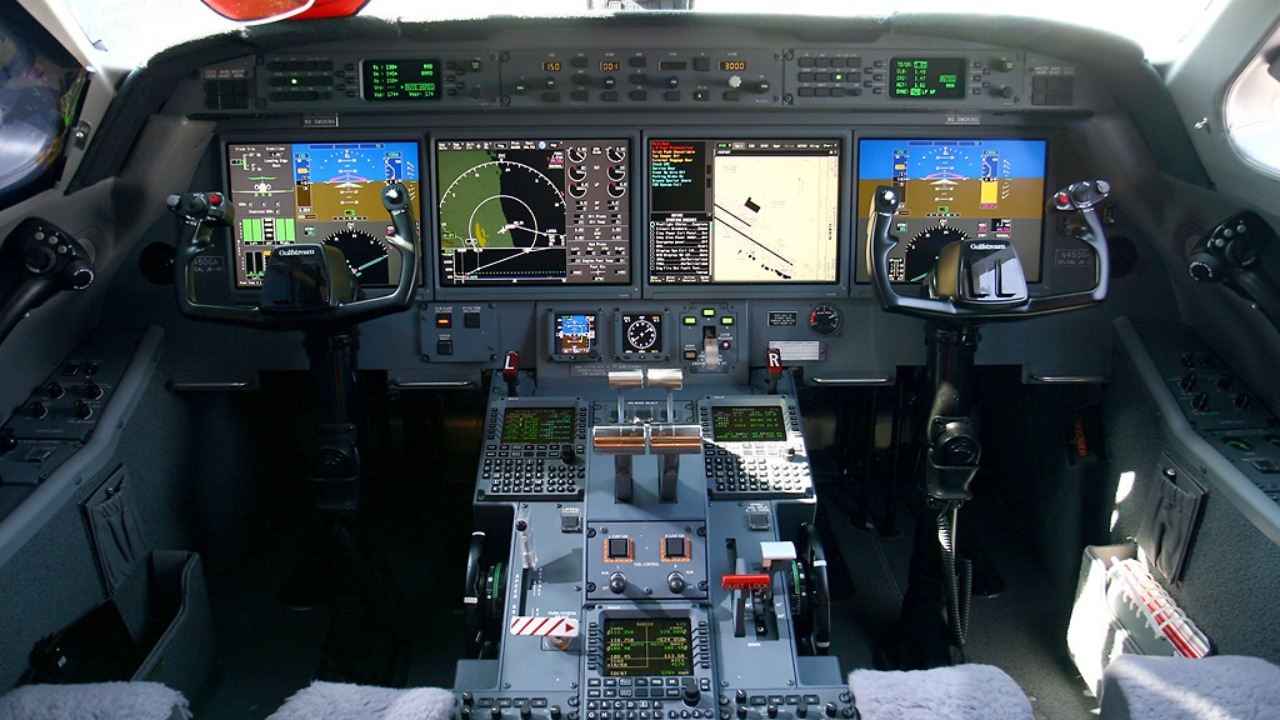
SpaceX, the groundbreaking aerospace manufacturer and space transportation company founded by Elon Musk, is known for its ambitious goals and cutting-edge technology. Beyond its rockets and spacecraft, SpaceX also owns and operates two aircraft that play crucial roles in its operations. These aircraft significantly support SpaceX’s mission both on the ground and in the skies.
The Boeing 737: A Workhorse for SpaceX

Overview and Specifications
The Boeing 737 is a staple in the aviation industry, known for its reliability and efficiency. The specific model owned by SpaceX is equipped to meet the company’s unique needs. Typically, the Boeing 737 can accommodate around 130 to 160 passengers, has a range of approximately 3,000 nautical miles, and is powered by two high-bypass turbofan engines. For SpaceX, certain modifications might include outfitting the cabin to facilitate the transport of specialized equipment or personnel in comfort. Historically, the Boeing 737 has been a preferred choice for multiple airlines worldwide due to its operational cost-effectiveness and versatility.
Role in SpaceX Operations
Within SpaceX, the Boeing 737 serves primarily as a logistical backbone, enabling the efficient movement of personnel and equipment between key facilities, such as those in Hawthorne, California, and Cape Canaveral, Florida. This aircraft is crucial during launch preparations, ensuring that engineers, technicians, and critical components are promptly where they need to be. A notable instance of the Boeing 737’s pivotal role was during the high-stakes Demo-2 mission, where rapid, coordinated transport was essential to meet tight timelines and mission objectives.
The Gulfstream G450: Luxury Meets Functionality

Features and Capabilities
The Gulfstream G450 is a symbol of luxury and advanced technology, often associated with executive travel. With a maximum range of 4,350 nautical miles and a cruising speed of Mach 0.85, the G450 is designed to transport SpaceX executives, including Elon Musk, swiftly and comfortably across the globe. The aircraft boasts state-of-the-art avionics and a cabin configured for productivity and relaxation, featuring amenities such as high-speed internet, a fully equipped galley, and spacious seating arrangements.
Strategic Importance for Executives
For SpaceX, the Gulfstream G450 is not merely a means of travel but a strategic asset that facilitates swift decision-making and global business development. The aircraft enables executives to attend critical meetings, inspect international facilities, and foster partnerships worldwide, all while maintaining operational efficiency. An example of the G450’s importance is its role in fostering international collaborations, such as potential partnerships in satellite deployment and space exploration initiatives, where timely, face-to-face interactions are invaluable.
Comparative Analysis: Operational Benefits of Dual Aircraft Ownership

Cost Efficiency and Flexibility
Owning both the Boeing 737 and the Gulfstream G450 provides SpaceX with a unique blend of operational flexibility and efficiency. The Boeing 737 is ideal for transporting larger groups and equipment, while the Gulfstream G450 caters to executive travel. This dual ownership strategy allows SpaceX to optimize its internal logistics and reduce dependency on third-party charter services, ultimately offering cost savings and enhanced scheduling flexibility. This approach ensures that the right aircraft is always available for different operational needs, whether it’s a bulk transport requirement or an executive meeting halfway across the world.
Impact on Operational Timelines
The strategic ownership of these aircraft significantly impacts SpaceX’s ability to adhere to tight operational timelines. With direct control over its fleet, SpaceX can rapidly mobilize resources and personnel in response to project demands, enhancing its agility and responsiveness. This capacity is particularly crucial during launch windows, where delays can translate into significant financial and strategic setbacks. By maintaining an in-house fleet, SpaceX bolsters its operational resilience and positions itself for continued growth and success in the fast-paced aerospace sector.
Future Prospects: Aviation and SpaceX’s Growth

Potential Fleet Expansion or Upgrades
As SpaceX continues to expand its operations and pursue ambitious goals, the potential for fleet expansion or upgrades remains on the horizon. Future acquisitions could include more fuel-efficient models or aircraft with extended range capabilities, aligning with SpaceX’s commitment to innovation and sustainability. Additionally, technological advancements in aviation, such as electric propulsion systems or advanced autonomous flight controls, could influence SpaceX’s future aircraft strategy, potentially integrating cutting-edge technologies into its fleet to further enhance operational efficiency.
Integration with Space Missions
The integration of aircraft operations with space missions presents intriguing possibilities for SpaceX. By leveraging its aircraft fleet, SpaceX could enhance logistics for launches and recoveries, ensuring that personnel and critical components are where they need to be swiftly and efficiently. This integrated approach could also support SpaceX’s long-term goals of space exploration and colonization, providing a seamless link between terrestrial and extraterrestrial operations, and enhancing the company’s overall mission capability and readiness.